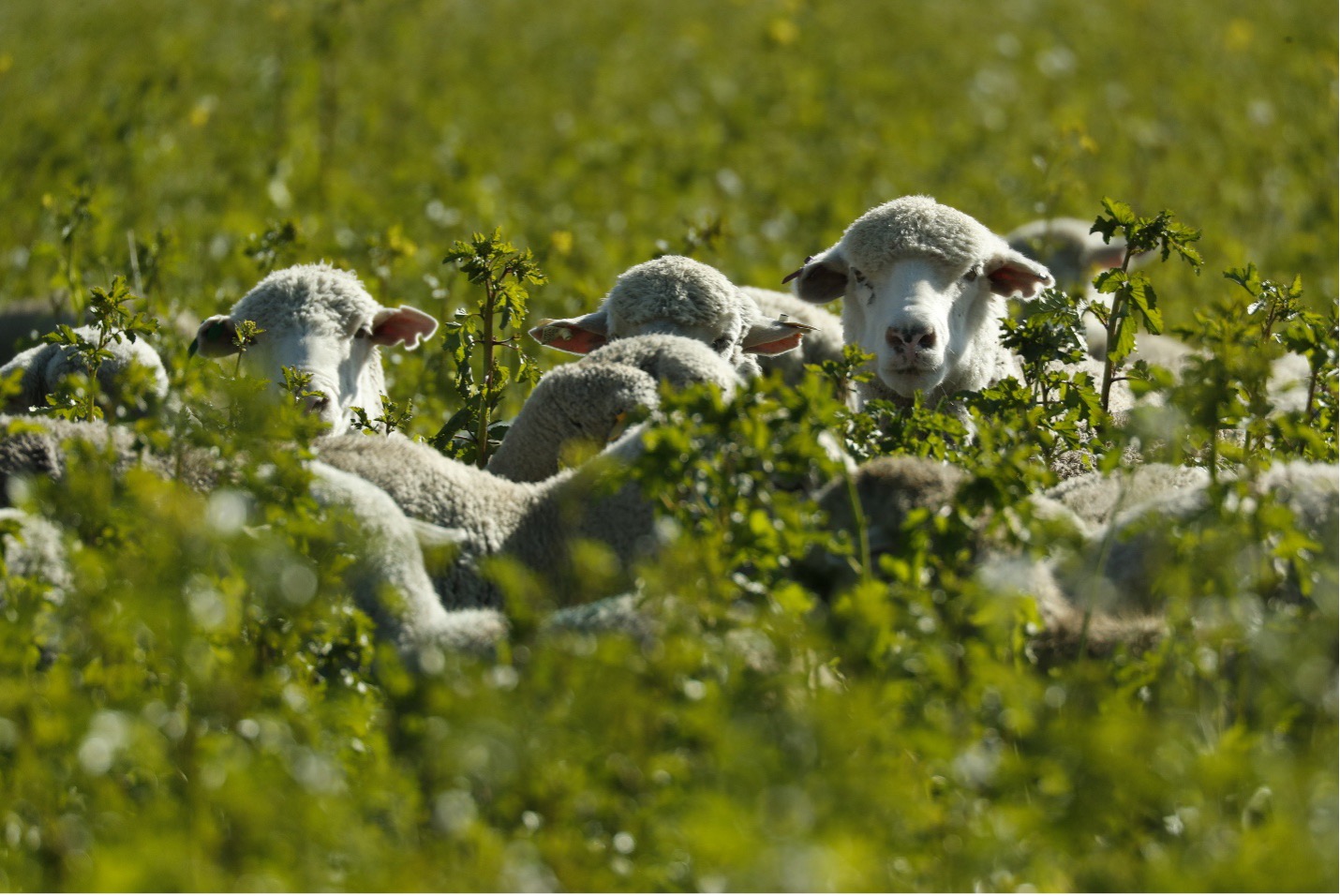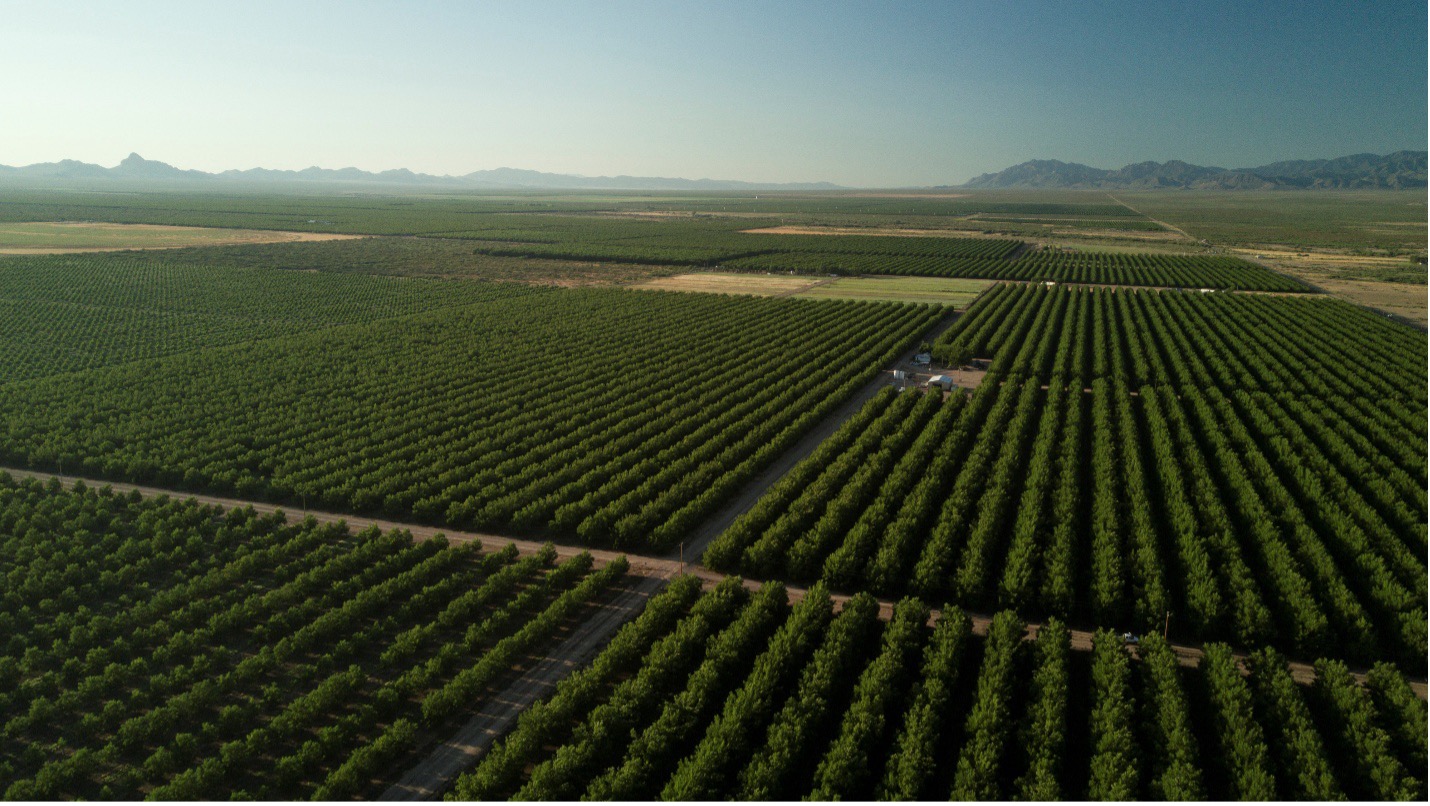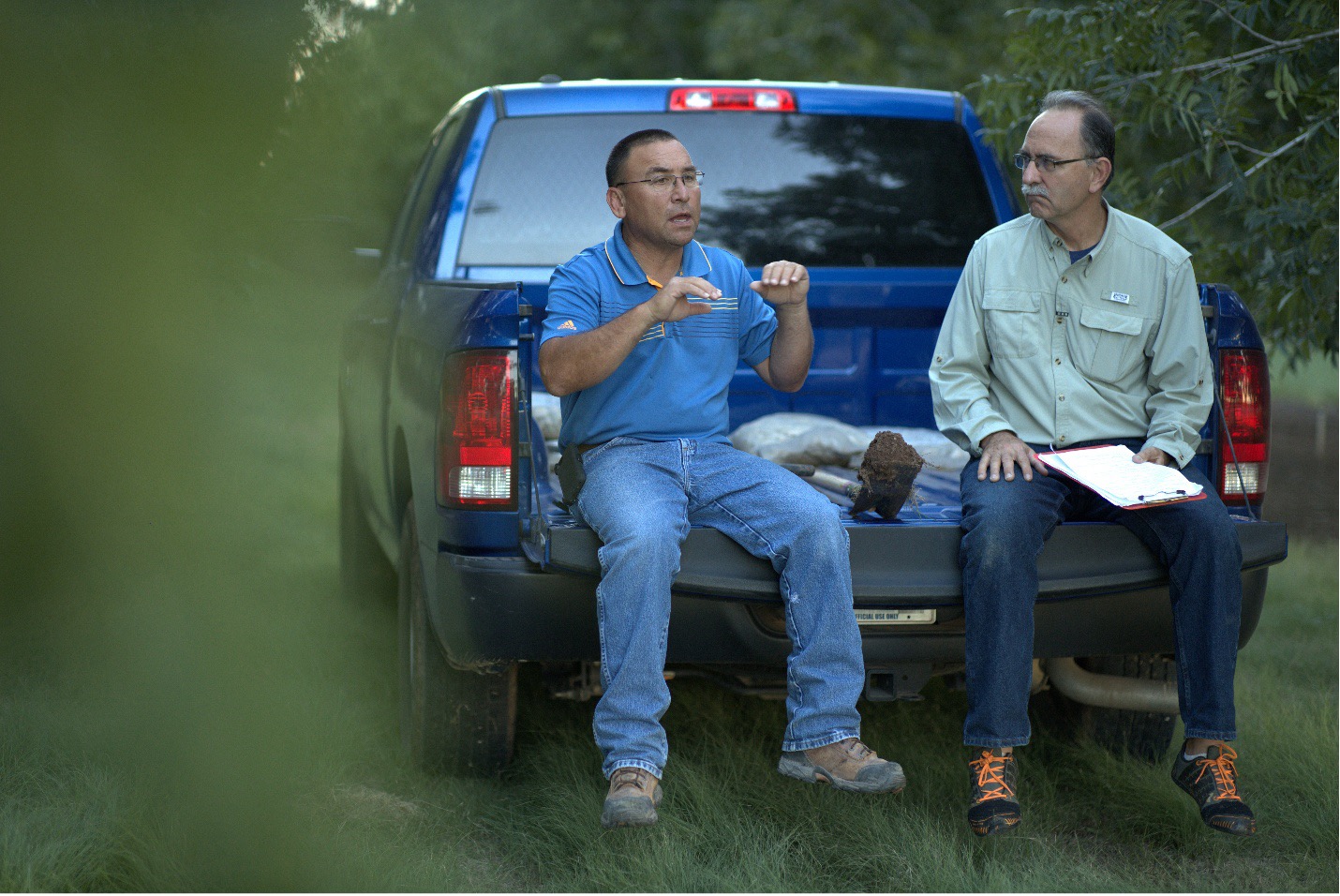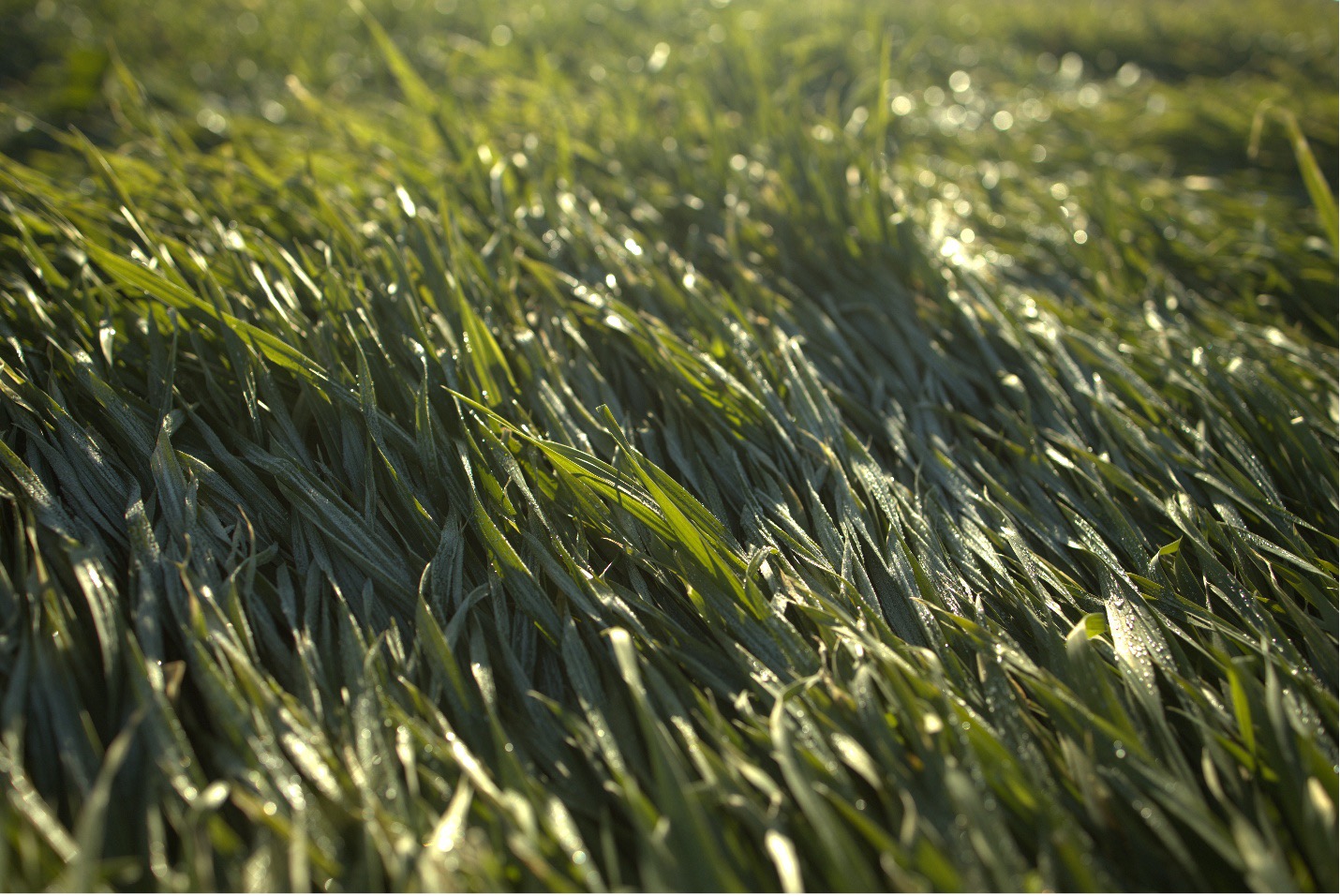
Greg Brown is currently a market gardener in Columbia, SC, engaging in organic practices with a diverse range of produce and flowers grown on approximately one acre of land. He sells his products at the farmer's market, to restaurants occasionally, and through a CSA (Community Supported Agriculture) program he shares with another farmer. He established in Columbia about 5 years ago, and prior farmed 6 acres in Lamar County, GA.

Greg emphasizes his passion for growing a diverse range of crops, including less common varieties to keep things interesting and provide unique produce options to customers.
“Ginger and turmeric are my main big crops here. My philosophy is, everyone grows the 5 or so main crops – corn, squash, tomatoes, and such– I want to do additional things, things you may have seen or heard of but didn’t know how to locally find– I do that just to keep it interesting for me.”

In his time farming, Greg Brown has discovered his own array of organic tools through experience, community, and what he calls ‘The University of YouTube.’
“Lemongrass is kind of a two-for– you harvest the stalk of lemongrass, but the top, the grassy part, has a lot of silica in it, and I will use that as mulch so when it breaks down it adds silica back into the soil. Mulch helps suppress weeds, helps with limiting the amount of water you'll need, keeps the soil temperature regulated– and then as it breaks down it just adds more nutrients and organic matter back into the soil. I also grow a lot of comfrey, which is something called a dynamic accumulator, since it has deep taproots, it can mine minerals from one to two feet beneath the surface, which is deposited into the leaves, and I can pretty much harvest the comfrey two to four times a year and add it to my compost, or use it as an extract alongside some other plants as a natural input.”
Greg also uses other, similar plant extracts like yarrow and pokeweed to generate his own organic fertilizers and employs vermiculture and worm towers to produce nutrient-rich compost and liquid fertilizer.
“I will use comfrey, yarrow, and pokeweed because they have a long taproot, and I will steep all that for several weeks and then I use that as an antibacterial spray, and it does add nutrients. I use it as a foliar spray, and sometimes as a drench into the soil. It sits and ferments on its own- I've got a 35-gallon trash can and I just fill that up with well water from the property, between 4-6 weeks the plant material breaks down, and I keep that concoction up to a year or more.”

With organic tools like vermiculture and worm towers, Brown uses natural resources of manure, plant matter and worms to generate natural inputs to enhance the health of his crops. He is focused on always cultivating a cropping system that gives back to itself, that is not harming or suppressing itself, or becoming dependent on chemical additives. With a steady supply of food scraps and coffee grounds from local establishments, he is consistently generating his own compost.
Brown sells bouquets of flowers from time to time, but his main reason for having flowers is to bring pollinators.
“And with the pollinators come the birds and the predator insects,” says Brown. “And you can do the same with herbs as well. Obviously basil is the main one people know about, but even oregano, rosemary, comfrey, anything that has a real strong scent– it's not a cure-all, but it will help to confuse some insects when you have very pungent herbs. Even onions, if you grow onions by certain things, like onions grown by cabbage will confuse cabbage moths to a degree.”
Though he makes his own compost, he hasn’t found a way to generate enough to cover his entire farm, so he is also interested in increasing cover cropping on his property.
To Brown, initiating a CSA with a companion farm helped to support his capacity to subsist as a small farm serving a relatively small city. He still sells to local markets, but the CSA allows him more financial security with the knowledge that there are already people anticipating his small-scale crops and people who are excited to engage in his eclectic selection.

To beginning farmers or struggling farmers, Brown emphasizes the importance of community. He himself was only able to initiate a successful CSA through the customer base he encountered through frequent attendance and markets and companion farmers he met at a seed swap hosted by some local farms.
“Conferences are really helpful– one I went to a few weeks ago was the Organic Growers School conference in Asheville. If there is something you’d like to learn more about, look around. Apprentice with somebody who specializes in what you’d like to learn. There are a lot of knowledgeable growers around us.”
Listen to Gabe Kenne’s discussion with SC farmer Greg Brown on the Soil Health Labs website.
Learn more about Greg Brown’s CSA and farming ethics at https://www.hrhcsa.com/greenleaf.html








